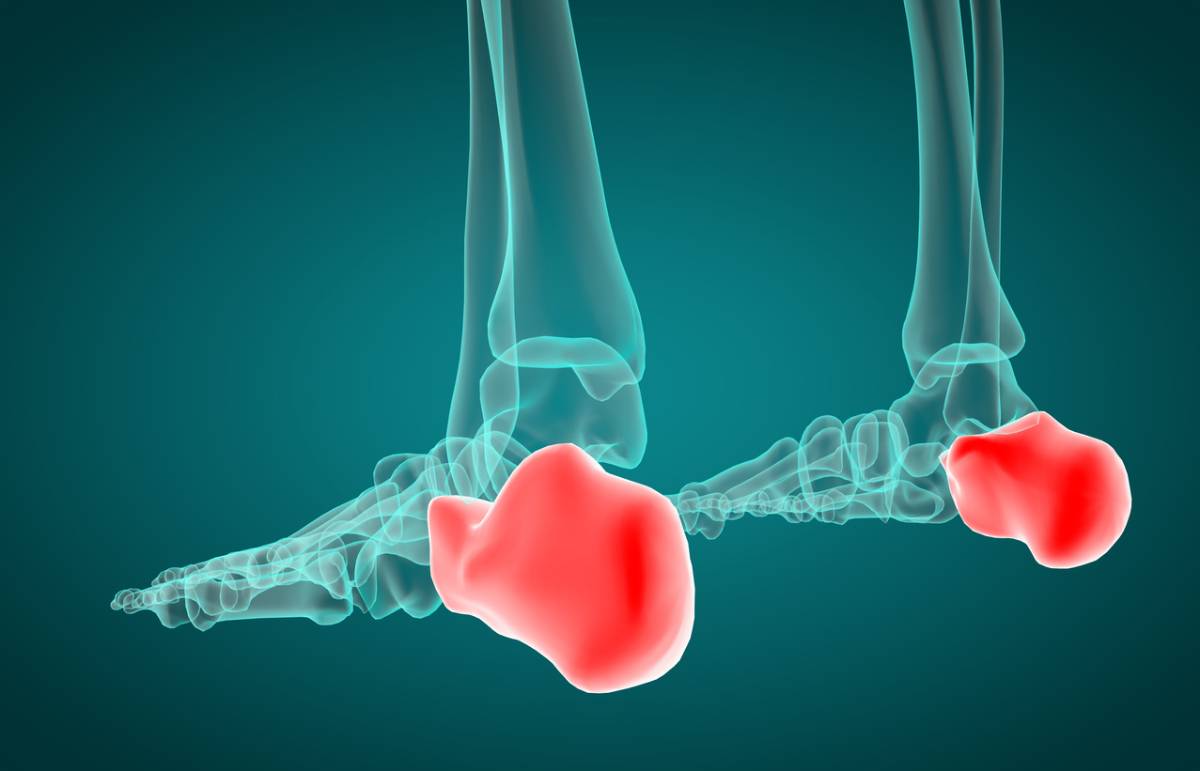Heel pain is fairly common. Everything from growing pains to athletic activities can contribute to the occasional experience with heel pain. Fortunately, most cases of heel pain are fairly benign and will go away
on their own.
When to Get Treatment for Heel Pain?
With that said, heel pain isn’t always temporary. Sometimes it reflects more permanent damage to the surrounding ligaments and joints. In these cases, professional treatment is often necessary, but it can be difficult to tell the difference when you first start to experience heel pain.
These are some of the top tips you can use to know when it’s time to seek heel pain treatment in Oxnard.
The Pain Is Severe
Heel pain can cause a deep ache and even a stabbing sensation. However, if your pain is suddenly severe to the point where you can’t hold your own weight, then there’s likely damage to the area that requires immediate attention.
There’s Discoloration or Swelling
If there are visible signs of damage to your heel or foot, then the injury is likely in need of professional treatment. In some cases, less emergent causes of heel pain might cause some redness or swelling, but it’s better to be safe.
You Have a Fever in Addition to New Heel Pain
A fever is an immune response that usually indicates that your body is fighting off viral or bacterial invaders. If you have fever symptoms as well as heel pain, then the possibility that the two are connected should be enough to send you to your doctor.
The Pain Doesn’t Fade When You Lie Down
The causes of temporary heel pain are normally relieved once you’re off your feet. Your heel isn’t carrying your weight, so there’s less pressure on the bones and tendons. While your heel may still be a bit sore, you should notice a drop in your discomfort. If you don’t, that’s a sign that you may need to go in for treatment.
The Pain Doesn’t Fade with Rest
Temporary causes of heel pain may require you to put your feet up and refrain from heavy activities for a few days. However, you should start to notice lessening symptoms after a week or so, particularly if you’re taking time to relax and wearing supportive footwear. If your discomfort persists, then call your doctor.
Ways to Relieve Temporary Heel Pain
If you suspect that your heel pain is due to a manageable injury, then there are a few things you can try at home before going to see your doctor.
- Putting your feet up
- Purchasing supportive insoles
- Wearing supportive footwear
- Refraining from repetitive exercise like running
- Not carrying heavy weights
- Take an over-the-counter anti-inflammatory
- Apply ice to the affected area
In order to give them a good shot, you should try to use these methods religiously for at least a week unless your symptoms indicate immediate medical attention. When these methods don’t work, it’s important to seek professional medical advice.
Treating Severe Heel Pain
If you need to go to your doctor for heel pain treatment, try not to worry. Most heel pain can be successfully treated with targeted physical therapy and other non-surgical approaches. Your doctor will do everything they can to use the least invasive therapies to get you back on your feet.
However, if it turns out that you do need surgery, then you should know that modern medicine offers far less invasive options in order to shorten your recovery and reduce total risk. Your doctor at the Heel Pain Institute of California offers Los Angeles foot keyhole surgery in order to ensure the best possible experience for you.
